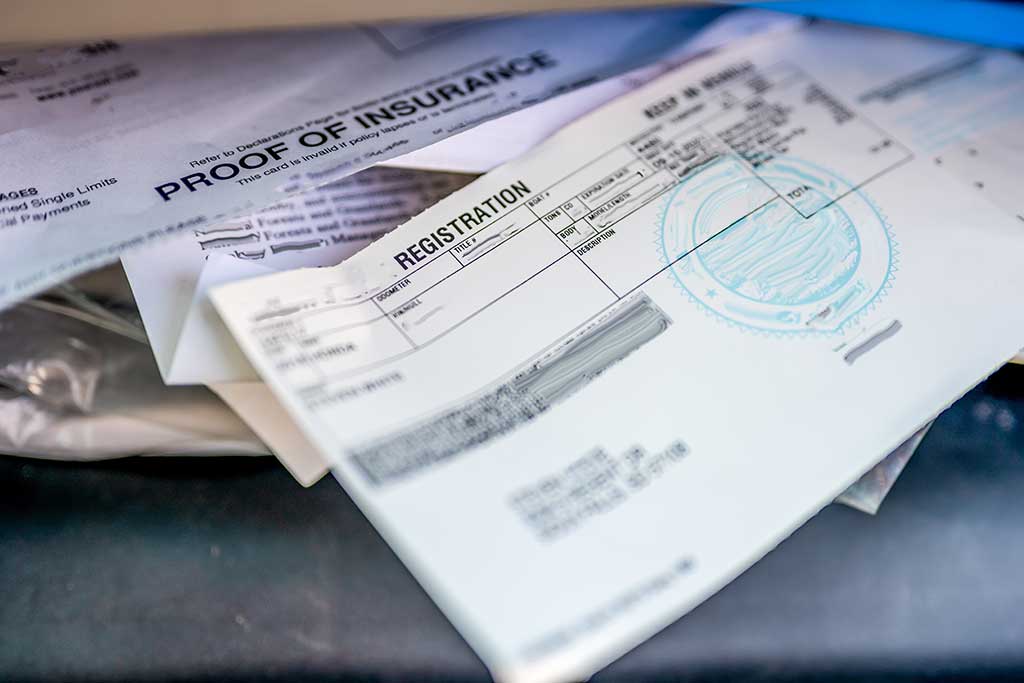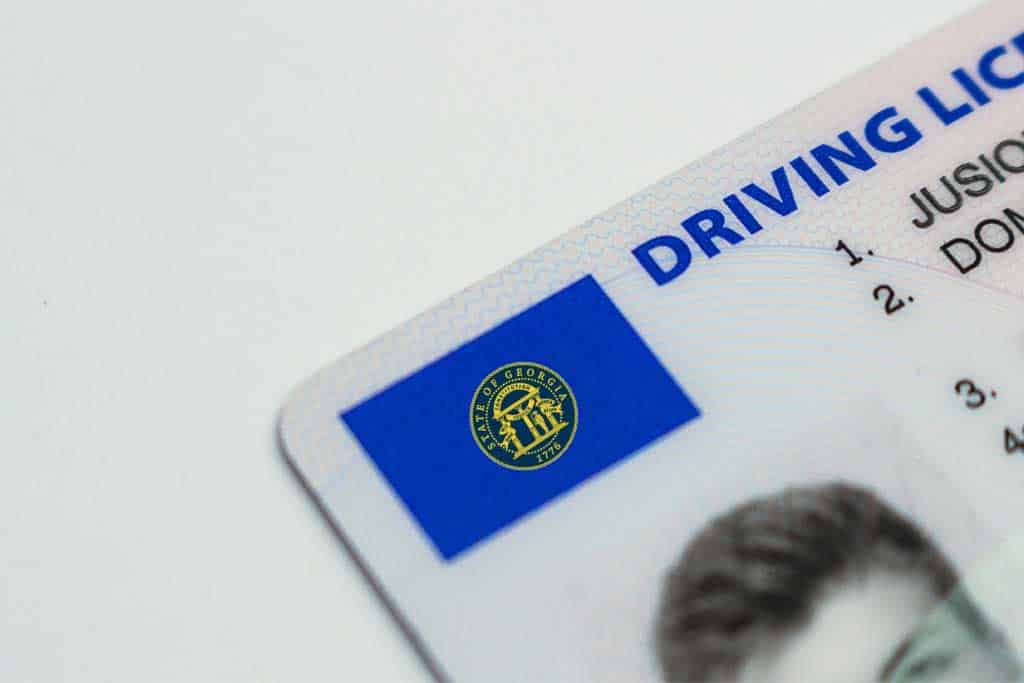How can I send my car to another state?
5 things you must know before shipping your car across state lines
When you are planning a move to another state, the idea of shipping your car can be overwhelming. Should I drive it myself? Are there companies that ship vehicles? Where do I start?
There are several aspects of moving a vehicle that you need to know so your sweet ride shows up on time and safely.
Lucky for you (and our other customers), Reindeer’s experts can guide you through the process every step of the way. And take some of these tasks off your hands.
Here are five things to plan for and to keep in mind:
Choose the right season to move
If you have a choice, try not to move during peak moving season, which is between May and September. That way, you’ll avoid peak season pricing, and you won’t have to compete with the crowds of people trying to move their vehicle as well.

The best time of the year to move is during the off-season, which is mid-September through April. Moving during the off-season gives you more availability, scheduling flexibility with moving companies, faster delivery times for your vehicle and rates should be lower. Time of the year is just one factor that determines your auto relocation cost. There are several other aspects to consider.
Ultimately, the best time to move will depend on your personal situation. Here are some of the benefits and drawbacks of moving during each season.
-
Summer
Pros:- The weather is typically more favorable
- School is out, making it easier for parents and/or students
- More homes are on the market to choose from
- Greater flexibility from work to take time off as summer vacations are the norm
- It’s the busiest season for professional movers
- It can be difficult to find a reliable company with experienced movers on the dates/times you prefer
- Depending on your location, there’s a risk of overheating – you and your belongings
-
Fall
Pros:
- The weather is not as hot
- Less demand for professional movers
- More flexibility when scheduling your move
Cons:
- Near university campuses, apartment hunting could be a challenge
- School-age children will miss school and could have a hard time adjusting
- In late fall, you may need to worry about rain or snow
- You could miss holiday gatherings if the time of your move conflicts
-
Winter
Pros:
- Most cost-effective season
- Easily choose a moving company and dates
- Your belongings may fare better in the colder weather
Cons:
- You could battle snow, ice and winter storms
- Weather could lead to dangerous driving conditions
- Fewer daylight hours to work with
-
Spring
Pros:
- Weather is usually fairly mild
- Less demand for moving companies than in the summer
- Good time to put your home on the market
Cons:
- School-age children are still in class
- Spring usually means rain
- Pollen counts are high, making seasonal allergies difficult
Update your car loan or lease information
If you already own your vehicle, you can skip this section.
But, if you are still making payments on a loan or a lease, you’ll want to check your paperwork to make sure it doesn’t prevent you from moving your vehicle across state lines. Most loan agreements don’t, but it’s better to check to be safe.

Once you’ve moved, you’ll want to update your address with your lender. Typically, this can be done online, but you can also call to do so. Changing your address is important for many reasons, not just so they can find you to collect the monthly payments. You want to make sure your current lender has your new address so when you pay off the loan they can send the car title to the right place.
In addition, depending on the state and the structure of your auto loan, you could encounter fees or taxes from the state. These are either out-of-pocket expenses or will be included in your loan balance. If it’s the latter, your monthly payment will change. A tax you might encounter is a personal property tax assessed on your vehicle.
What is Vehicle Property Tax?
A vehicle property tax is a type of personal property tax that some state and local governments require car owners to pay based on the value of the vehicle. According to the U.S. Census Bureau, residents of the 26 states with vehicle property taxes shell out an average of $448 in addition to their home property taxes.
The system of vehicle property taxes can be complicated and vary widely depending on jurisdiction. These taxes don’t exist in every state, so it’s important to be aware of your local tax law to understand if this type of tax applies to you.
The following states have vehicle property taxes (from highest to lowest):
| Rank | State | Effective Vehicle Tax Rate | Annual Taxes on a $26k Car |
|---|---|---|---|
| 1 | Virginia | 3.97% | $1,050 |
| 2 | Mississippi | 3.46% | $915 |
| 3 | South Carolina | 2.53% | $668 |
| 4 | Missouri | 2.48% | $655 |
| 5 | Maine | 2.40% | $634 |
| 6 | Massachusetts | 2.25% | $594 |
| 7 | Connecticut | 2.10% | $554 |
| 8 | Kansas | 2.04% | $538 |
| 9 | New Hampshire | 1.80% | $476 |
| 10 | Wyoming | 1.80% | $476 |
| 11 | Colorado | 1.79% | $472 |
| 12 | Nevada | 1.77% | $469 |
| 13 | Arizona | 1.68% | $444 |
| 14 | West Virginia | 1.68% | $443 |
| 15 | Nebraska | 1.59% | $420 |
| 16 | Minnesota | 1.58% | $416 |
| 17 | Kentucky | 1.45% | $382 |
| 18 | Indiana | 1.32% | $350 |
| 19 | Montana | 1.20% | $316 |
| 20 | North Carolina | 1.15% | $304 |
| 21 | Arkansas | 1.02% | $269 |
| 22 | Iowa | 1.00% | $264 |
| 23 | Alabama | 0.70% | $185 |
| 24 | California | 0.65% | $172 |
| 25 | Michigan | 0.61% | $160 |
| 26 | Louisiana | 0.10% | $26 |
If you’re moving from a state that doesn’t currently have this tax, it may be quite a shock to suddenly have a new expense to pay. For example, Georgia has what’s called a title ad valorem tax, which is a one-time tax paid at the time the vehicle is titled and every time vehicle ownership is transferred or a new resident registers the vehicle in Georgia for the first time.
Currently, that fee is 7% of the fair market value of the vehicle. People who move into Georgia with a car have to pay this tax when titling the vehicle in Georgia. However, new out-of-state residents pay 3% of the fair market value of the vehicle instead of 7%. And, of course, there are exceptions.
Change your car insurance
Auto insurance is regulated at the state level.
So, when relocating to another state, you might need to change your insurance plan and your insurance company.
Sometimes, doing so is simple. But, other times, if the insurance company you were using doesn’t operate in your new state, you’ll need to change companies entirely.

Much like fees and taxes, insurance regulations and requirements can vary from state to state. Before you move, it’s important to understand how your insurance costs may change. It could be less expensive than your current plan. But factors such as no-fault/at-fault state status and higher policy-limit requirements might make it more costly.
This could be a good time to review your options to make sure you’re getting the best rate. Either way, make sure to cancel your old policy once your car is insured in your new home state.
Register your car and get new license plates
Unless you’re active military or a student, you will need to register your vehicle in your new state when you move.
Registration and changing over your license plate/registration sticker involve going to the department of motor vehicles (DMV) or the local equivalent.

While most states have a grace period of 30 to 90 days after you move, you don’t want to put it off too long. It could result in hefty fines or even having your vehicle impounded if you don’t meet the deadline.
Some states allow you to get your registration and license updated at the same visit, or even do it all online, so check before you go. And, each state’s DMV has different paperwork requirements. Typically, you will need your current license, proof of ownership and proof of insurance. But there could be more information required, so do your research.
Other items to be aware of include:
Vehicle inspections and emissions checks:
A car inspection is when a vehicle is inspected to ensure it meets all safety and emission regulations. Every state has its own regulations about what’s required to pass the inspection. Most often, they are inspecting for safety, proper emissions and/or to check the vehicle identification number (VIN). Check out this overview of car emissions tests and inspections in the United States to help you prepare for your new state.
Registration fees vary from state to state:
These can include title fees, personal property taxes, license plate fees, documentation fees, inspection costs, and hybrid and electric vehicle fees. And some registration fees are based on the age, weight or price of the vehicle.
Different plate rules and regulations:
Just like everything else, rules around vanity plates differ by state. Be prepared for what’s allowed, and what’s not, in your new state. Also, local disposal rules for old license plates vary and you may be required to return them to the state.
Get a new driver's license in the state you move to
You can do all the previous tasks, but if you don’t get a new driver’s license, you won’t be able to drive your car legally.
And the requirements for when you need to obtain a new license varies by state. Some make you do it immediately while others allow for a 30-day grace period. Check your new state’s requirements before you move.

When you’re ready to update your license, you’ll need to show identification and various documents to your local DMV. There may be additional documents you need depending on the state; and you may have to hand over your old license before you can get your new one. The standard items to bring with you include:
- A form of identification: your current driver's license or a state-issued ID
- Proof of state residency: copy of a lease or mortgage agreement, current pay stub or utility bill (something that lists your home address in the state)
- Social Security number: a physical copy of your Social Security card may be needed
Keep in mind that some states require you to retake the written portion of the driving test. Even if you’re not required to take a written exam, it’s a good idea to learn specific driving laws for your new state by reading through the driver’s handbook or doing a refresher course. For example, not every state allows U-turns.
Partner with Reindeer Logistics for your next vehicle move
Once you’re ready to move, if you choose to transport your vehicle, Reindeer Logistics can help. And we can probably take several of those unwanted tasks off your hands, too. We provide reliable car shipping so you can easily transfer your vehicle to a new location without taking the time or expense to drive it.
From cars, trucks and motorcycles to RVs, golf carts and boats (and more), Reindeer moves it all! Our services include highly customized shipping options, such as:
- Open or enclosed vehicle transportation
- Domestic and international car shipping
- Logistics and freight transportation
- Same-day vehicle pickup and delivery
- Door-to-door car shipping
There are several advantages to shipping your car vs. driving or towing it for a move. First, you can avoid the hefty out-of-pocket expense of buying a new car when you get to your new home. It’s also more efficient than driving your car, especially if it’s a cross-country journey. And when your vehicle rests easily on a car carrier – open or enclosed – it prevents wear and tear and any unnecessary mileage on it.
Not sure where to start? Our team of trained and experienced car shipping experts will guide you through the process from beginning to end. We understand many of our customers have never shipped their car before. And it’s important to be prepared for what’s to come. We will let you know what to expect and who to contact should you have any questions during your move.
We’ve been a leader in the domestic, international, and freight of any kind (FAK) industry since 1997, moving more than 500,000 vehicles across the United States and Canada. We are a full-delivery solution provider for customers. In everything we do, we remain committed to our approach to real. personal. service.
Contact us today for a quote and additional information.
Privacy Overview
| Cookie | Duration | Description |
|---|---|---|
| cookielawinfo-checbox-analytics | 11 months | This cookie is set by GDPR Cookie Consent plugin. The cookie is used to store the user consent for the cookies in the category "Analytics". |
| cookielawinfo-checbox-functional | 11 months | The cookie is set by GDPR cookie consent to record the user consent for the cookies in the category "Functional". |
| cookielawinfo-checbox-others | 11 months | This cookie is set by GDPR Cookie Consent plugin. The cookie is used to store the user consent for the cookies in the category "Other. |
| cookielawinfo-checkbox-necessary | 11 months | This cookie is set by GDPR Cookie Consent plugin. The cookies is used to store the user consent for the cookies in the category "Necessary". |
| cookielawinfo-checkbox-performance | 11 months | This cookie is set by GDPR Cookie Consent plugin. The cookie is used to store the user consent for the cookies in the category "Performance". |
| viewed_cookie_policy | 11 months | The cookie is set by the GDPR Cookie Consent plugin and is used to store whether or not user has consented to the use of cookies. It does not store any personal data. |



